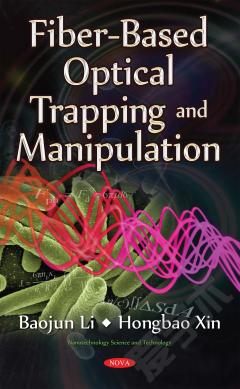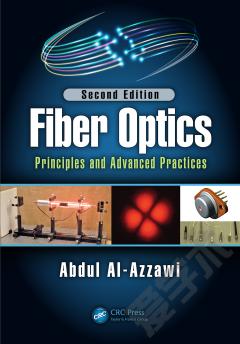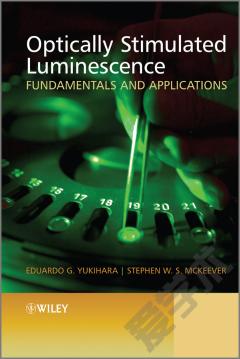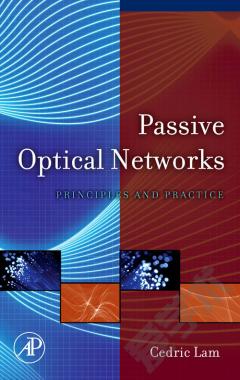Fiber-Based Optical Trapping and Manipulation
Since its first report in 1970 by A. Ashkin, optical trapping and manipulation has been widely used in the interdisciplines of micro- and nano-photonics, biophotonics, biomedicine, etc. A conventional tool for optical trapping and manipulation is the conventional optical tweezer (COT), the core part of which is a free-space focused laser beam. However, manipulation with COTs has some limitations such as manipulation inflexibility, bulky structure, diffraction limitation for nanoparticles, and limited integration functions. The introduction of optical fiber-based optical trapping and manipulation has solved these limitations. Using optical fibers with different configurations, optical trapping and manipulation with multiple functions can be realized with high flexibility, precision, and integration. By launching laser beams with different wavelengths into the fiber, both the photothermal effect and optical force can be used for optical trapping and manipulation. For the optical force manipulation, both evanescent fields at the surface of a subwavelength optical fiber and light output from a fiber end can be used for optical manipulation. The manipulation with light output from a fiber end can be divided into dual fiber tweezers and single fiber tweezers. For single fiber tweezers, one can realize the stable trapping of single particles both in a contact and non-contact manner for further applications. In addition, single fiber tweezers can also be used for multiple particle trapping and cell assembly, which can further be used for the assembly of biophotonic components and devices. Furthermore, by placing microparticles, which act as microlens at the end facet of an optical fiber, the microlens can be served as a photonic nanojet. This fiber supported photonic nanojet can be easily used for the trapping and detection of nanoparticles and biomolecules. Optical fiber-based optical trapping and manipulation have the advantages of easy fabrication, compact configuration, flexible manipulation, easy integration, wide applicability, etc., which provides for a wide application of prospects in micro- and nano-photonics, biophotonics, and biomedicine.
{{comment.content}}








 京公网安备 11010802027623号
京公网安备 11010802027623号